Raising kids proficient in more than one language need not seem like a ginormous task. For many children, picking up a new language can almost be a natural thing given the right approach. Here are a few ideas to spark things on.
1. Introduce
Use the language freely and in the most natural settings.
That means to use language that your child and your family would in different situations. This is important as language skills are after all, learnt for communicative use. Besides, language is emotive; it will only start to be purposeful to a user when it is used within context(s).
When is a good time to start raising a multi-lingual child?
Start by creating in the child a dominant language. A dominant language will be the language that the child will use most frequently and is the one likely to gain fluency first. This will aid purposeful understanding of what is being taught through association. So think of say, you learn to say the word ‘goodbye’ in English (which is your dominant language). If you were to pick up say, French as your new language, then when you learn the word ‘au voir’, you will start to associate the English version of it to your new language aiding in retention.
In this respect, however, it need not mean that you should only teach a child a language at a time. Rather introduce a new language when one reaches fluency for the other. Recent studies (mostly Chomsky’s) on language acquisition supports that a child between the ages of 5 to 7 can pick up multi-languages at any one time. Start with the listening level and gradually move on to speaking it.
⇒ Related Read: Why Reading Matters
2. Induct
Associate the use of the words to the kids.
Start with content words, it is usually easier; then move onto verbs. Work on getting the little ones to use the language of intent and praise them for it. I cannot emphasize enough that the trick to learning how to use a language is to ‘use’ it and use it often! It’s alright if at first, you see that the child is toggling with having the use of 2 different languages within the same sentence. This is part of the process of picking up code-switching skills.
Once fluency is reached for the intended languages, the replacement of words from one language to another slowly sizzles off. Some parents adopt a ‘one parent, one language approach’ to draw their little ones into bilingualism. Whilst that could work for some, one of the downsides of things is possibly that there is no one language that can draw the parents to the child at the same point in time. One way to circumvent that could be to infuse the use of dual language with one parent.
For example, if you ask your child to say ‘please’ in English, get them to repeat what they said in the preferred language or gently offer them the appropriate words in the language you want them to use all from the same parent and within the same context.
3. Immerse
Build a print rich environment.
Read books to them or share a movie in the language of choice (just to name a few activities). Create games to play that would make the learning fun. Don’t kick a big fuss out of it when a child is not keen to use a particular language. It only kills off the interest and intent to learn. Rather encourage and associate. Keep building reasons for them to want to try. Whilst language can be taught in a classroom, the means to encourage its continual use every day is as important.
By Esther Lim, CEO and Founder of LEAP SchoolHouse.
Born and educated in Singapore, she holds a Master Degree in Education (NTU/NIE), Bachelor Degree in Arts (NTU), Diploma in Marketing – Top student for the year 2000 (Chartered Institute of Marketing). Esther has more than 10 years of teaching experience and has taught widely in both Secondary and Primary schools. She was also involved in curriculum planning and development work for the primary unit at MOE for several years. Esther has also conducted workshops and talks for educators, locally and overseas. Esther is also a mother of three children.
This article was first published in The New Age Parents e-magazine.
* * * * *
Like what you see here? Get parenting tips and stories straight to your inbox! Join our mailing list here.
Want to be heard 👂 and seen 👀 by over 100,000 parents in Singapore? We can help! Leave your contact here and we’ll be in touch.












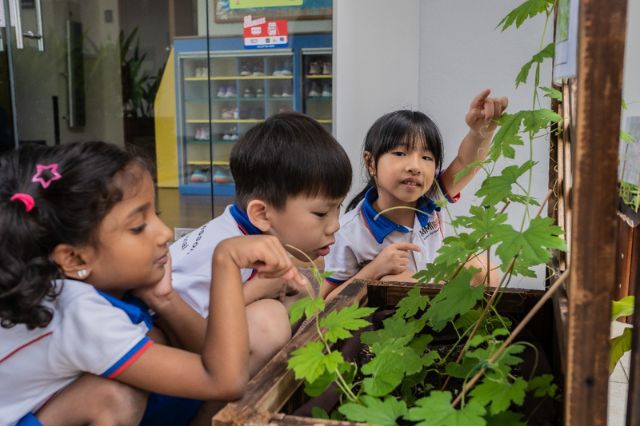


























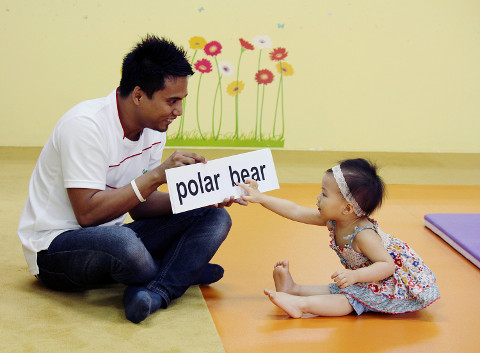




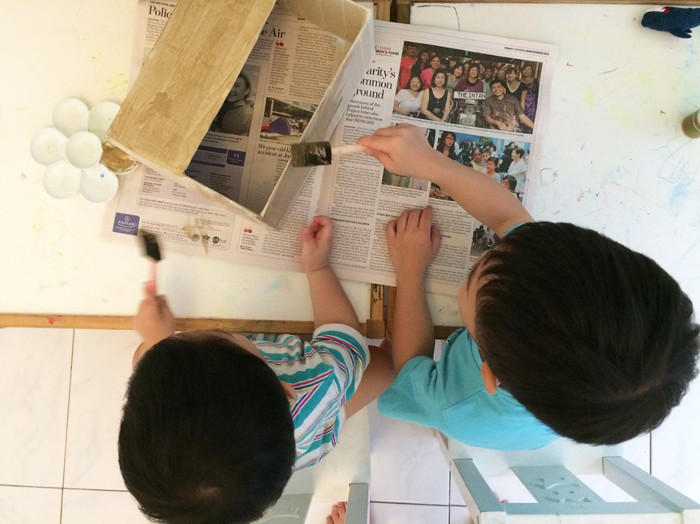
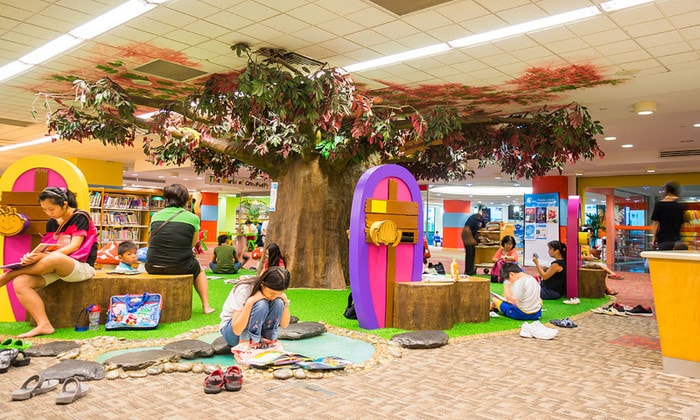


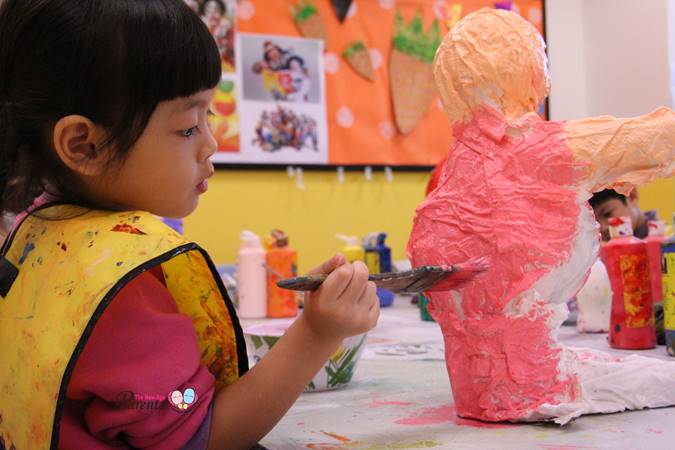









Leave a Comment: